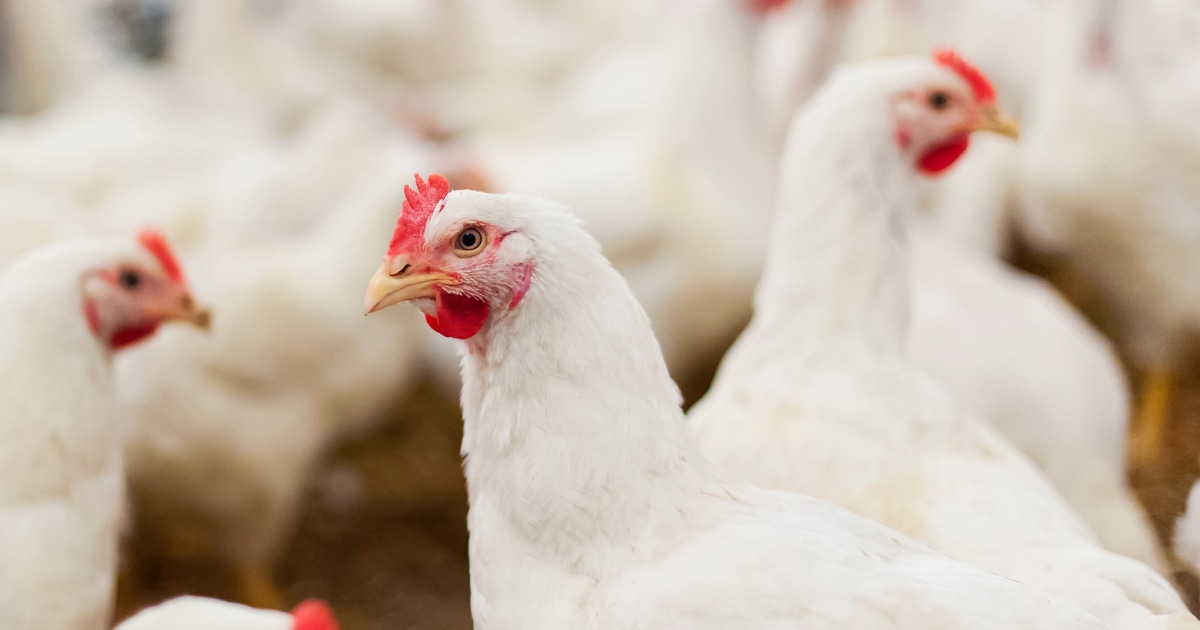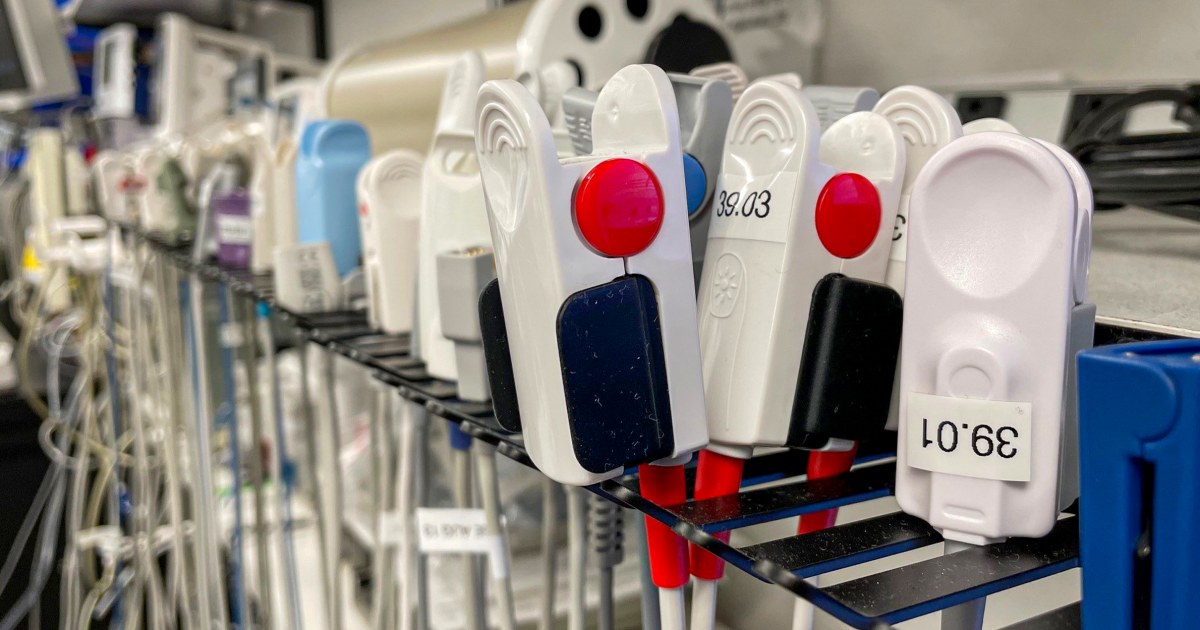The Centers for Disease Control and Prevention on Thursday urged labs nationwide to determine within 24 hours of admission whether people hospitalized with the flu have seasonal influenza or are infected with the bird flu that’s behind an escalating outbreak in dairy cows and poultry.
The guidance for labs to do this type of testing has been in place since last fall, but the process has been slow, with many hospitals sending flu samples out for testing in bulk every few days.
By the time those results come back, patients have often already been sent home, Dr. Nirav Shah, the CDC’s principal deputy director, said during a media briefing Thursday.
That could hinder bird flu investigations. As days and weeks pass, it would be difficult for people to recall where they may have been exposed to the virus.
“The more time that goes by, the more memories fade and the harder it is to identify a potential source,” Shah said. What’s more, “their close contacts may be beyond the window for preventative medications like Tamiflu.”
The latest CDC alert says testing for bird flu should move more quickly, ideally within 24 hours of a person’s hospital admission.
“The system right now tells us what has already happened. What we need is to shift to a system that tells us what’s happening in the moment,” Shah said.
The CDC’s messaging comes when seasonal flu activity is extremely high in the U.S. The virus is spreading in most states, especially in Louisiana, New Mexico, Oregon and Tennessee.
The new guidance only applies to patients with influenza A. The bird flu, H5N1, is a subtype of flu A. However, nearly all seasonal flu going around right now is also flu A, particularly the H3N2 and H1N1 subtypes.
The way to determine what subtype of flu A a person has is through a lab with more specialized equipment. Most tests used in doctors’ offices only show whether a person has flu A or B.
“It’s a move in the right direction,” said Dr. Alex Greninger, a professor of laboratory medicine and pathology at University of Washington Medical Center in Seattle. “It will help illuminate the current landscape of disease, and potentially pave the way for the identification of any human-human transmission that may be occurring.”
The risk of being infected with bird flu remains elevated among people who work closely with dairy cattle, poultry and wild birds. For the general population, the bird flu threat remains low. There has been no indication that the virus is spreading from person to person.
In fact, of more than 83,000 flu samples tested within the past year, just three cases were detected.
Still, Greninger said, the increased effort “should have started months ago.”
Kelly Wroblewski, senior director of infectious diseases for the Association of Public Health Laboratories, said the nation’s labs are “well positioned” to accommodate the increase in demand.
“This is just an added precaution, putting us in a better preparedness stance,” Wroblewski said. She said there is no indication that labs are missing bird flu cases.
There have been an estimated 110,000 flu-related hospitalizations since flu season began, according to the CDC’s latest report. There have only been 67 human cases of bird flu.
Most cases in people have been mild. Just one person, an older adult with underlying health conditions, has died.
Nearly all cases have been linked to dairy cows and poultry.











